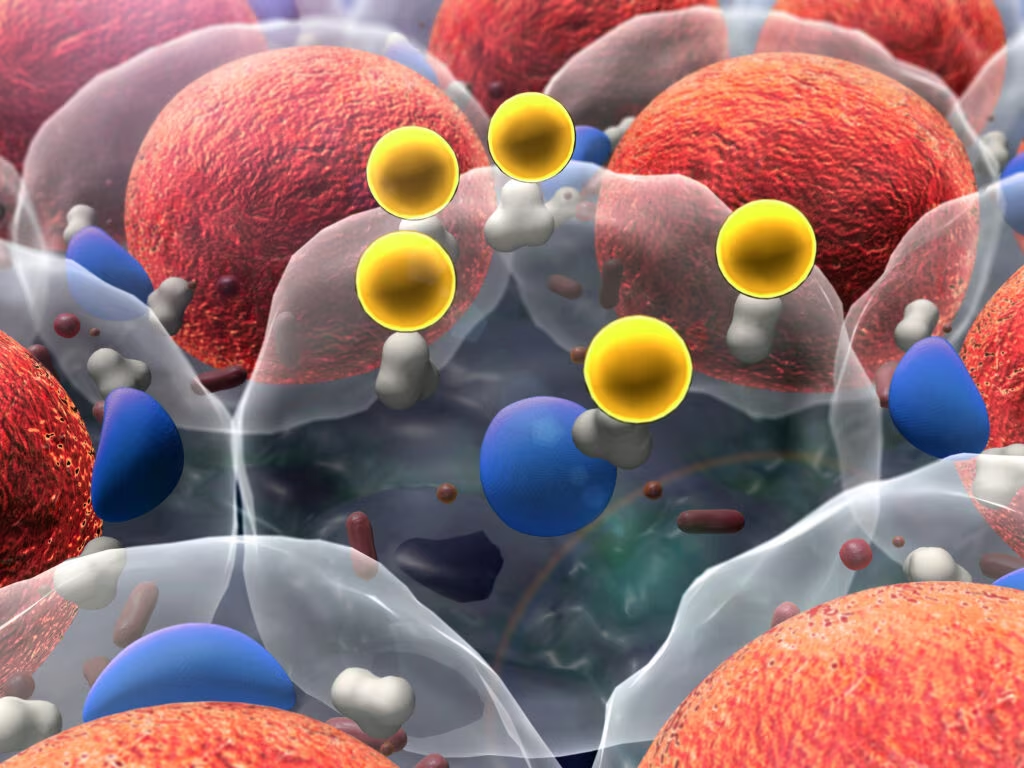Search Results
Showing Results for monogenic obesity

We're excited to introduce a new series of expert Q&As featuring members of the touchREVIEWS in Endocrinology editorial board and faculty. In this series, they will share key career milestones, offer valuable advice for aspiring future leaders, and provide forward-looking insights into their areas of expertise.

Obesity defined as abnormal or excessive fat accumulation that presents a risk to health, is a chronic disease linked to metabolic co-morbidities, such as type 2 diabetes mellitus and cardiovascular disease, a reduced life expectancy, economic burden and reduced quality of ...

Hypertension affects up to 40% of the adult population worldwide,1 and according to the World Health Organization’s 2021 estimates, globally 1.28 billion adults between 18 and 79 years are affected.2 Of these, 85% have essential hypertension3 and the remainder have secondary hypertension, which is potentially ...

Short stature affects 2.5% of children and is one of the most common reasons for consulting a growth specialist during childhood.1 Normal height is a polygenic trait and derives from the interaction of several factors. It is known that height is ...

Identifying the type of diabetes correctly can be difficult, especially in adults, because of the heterogeneity in the clinical presentation. However, it is important to accurately diagnose the type of diabetes for its clinical, prognostic, therapeutic and psychosocial implications. The ...

Obesity is a complex and multifactorial condition caused by various behavioral and environmental factors, socioeconomic background, and genetic susceptibility. The leptin-melanocortin system has a well-established role in energy homeostasis and deficiencies of the vital molecules of the pathway due to ...

From glucose homeostasis to hyperglycemia Glucose homeostasis is maintained by a complex neurohormonal system, which modulates peripheral glucose uptake, hepatic glucose production, and exogenous glucose utilization following food ingestion.1,2 This allows the maintenance of plasma glucose concentrations within normal range, ...

Clinical Complexity of Type 2 Diabetes Clinical Complexity of Type 2 DiabetesClinically, one can distinguish three states—normal, impaired glucose tolerance, and overt diabetes—characterized by specific cut-offs of blood glucose levels either while fasting or after an oral glucose ...

Clinical Complexity of Type 2 Diabetes Clinical Complexity of Type 2 DiabetesClinically, one can distinguish three states—normal, impaired glucose tolerance, and overt diabetes—characterized by specific cut-offs of blood glucose levels either while fasting or after an oral glucose ...
Latest articles videos and clinical updates - straight to your inbox
Log into your Touch Account
Earn and track your CME credits on the go, save articles for later, and follow the latest congress coverage.
Register now for FREE Access
Register for free to hear about the latest expert-led education, peer-reviewed articles, conference highlights, and innovative CME activities.
Sign up with an Email
Or use a Social Account.
This Functionality is for
Members Only
Explore the latest in medical education and stay current in your field. Create a free account to track your learning.

